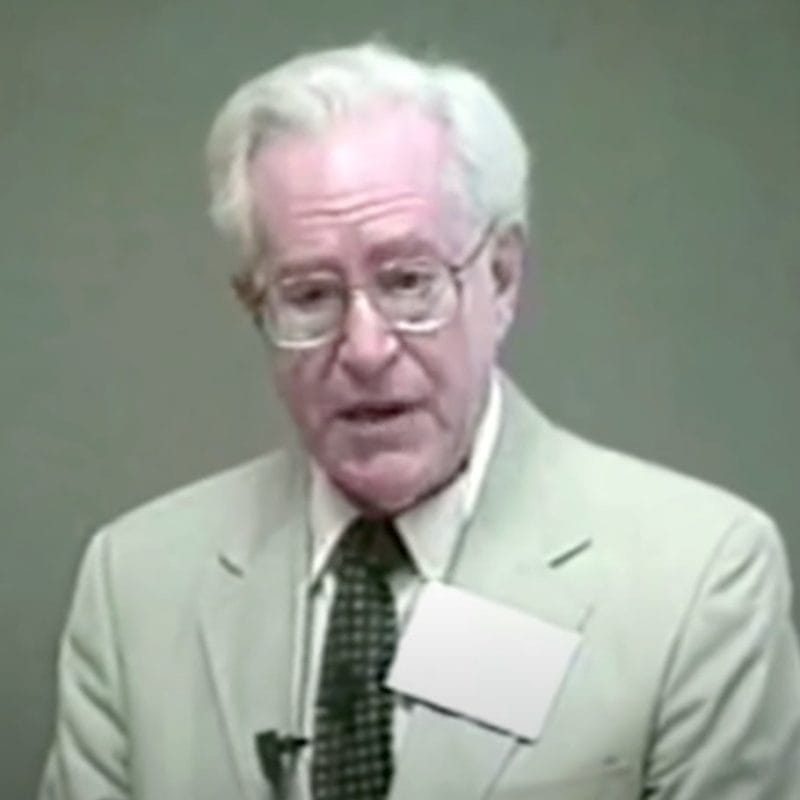The Scientist-Practitioner in Behavior Analysis: A Case Study
$4.99
In this presentation to the Society for the Quantitative Analyses of Behavior (SQAB) in 1998, Murray Sidman describes the development (from 1965 to 1975) of behavior-change programs implemented outside the animal laboratory to benefit humans before such application was established formally as an entity derived from the experimental analysis of behavior. The presentation illustrates the use of an inductive method in practice, where working with a fluid behavior stream entails making intervention decisions on the spot.
Brand: FoxyLearning
Description
| Includes |
|
| Format | |
| Estimated Duration |
|
In this presentation to the Society for the Quantitative Analyses of Behavior (SQAB) in 1998, Murray Sidman describes the development (from 1965 to 1975) of behavior-change programs implemented outside the animal laboratory to benefit humans before such application was established formally as an entity derived from the experimental analysis of behavior. The presentation illustrates the use of an inductive method in practice, where working with a fluid behavior stream entails making intervention decisions on the spot. Examples include fading and backward-chaining procedures in the establishment and stimulus control of novel actions. Sidman also discusses the certification of practitioners and the interaction between client and therapist and between basic and applied endeavors. The latter define what is contemporaneously described as translational intervention. It is noteworthy that Sidman’s presentation was at a meeting attended by both practitioners and scientists.
Preview
Below is the entire non-interactive version of this video. It does not contain embedded questions or completion tracking like the paid version of the module.


Reviews
There are no reviews yet